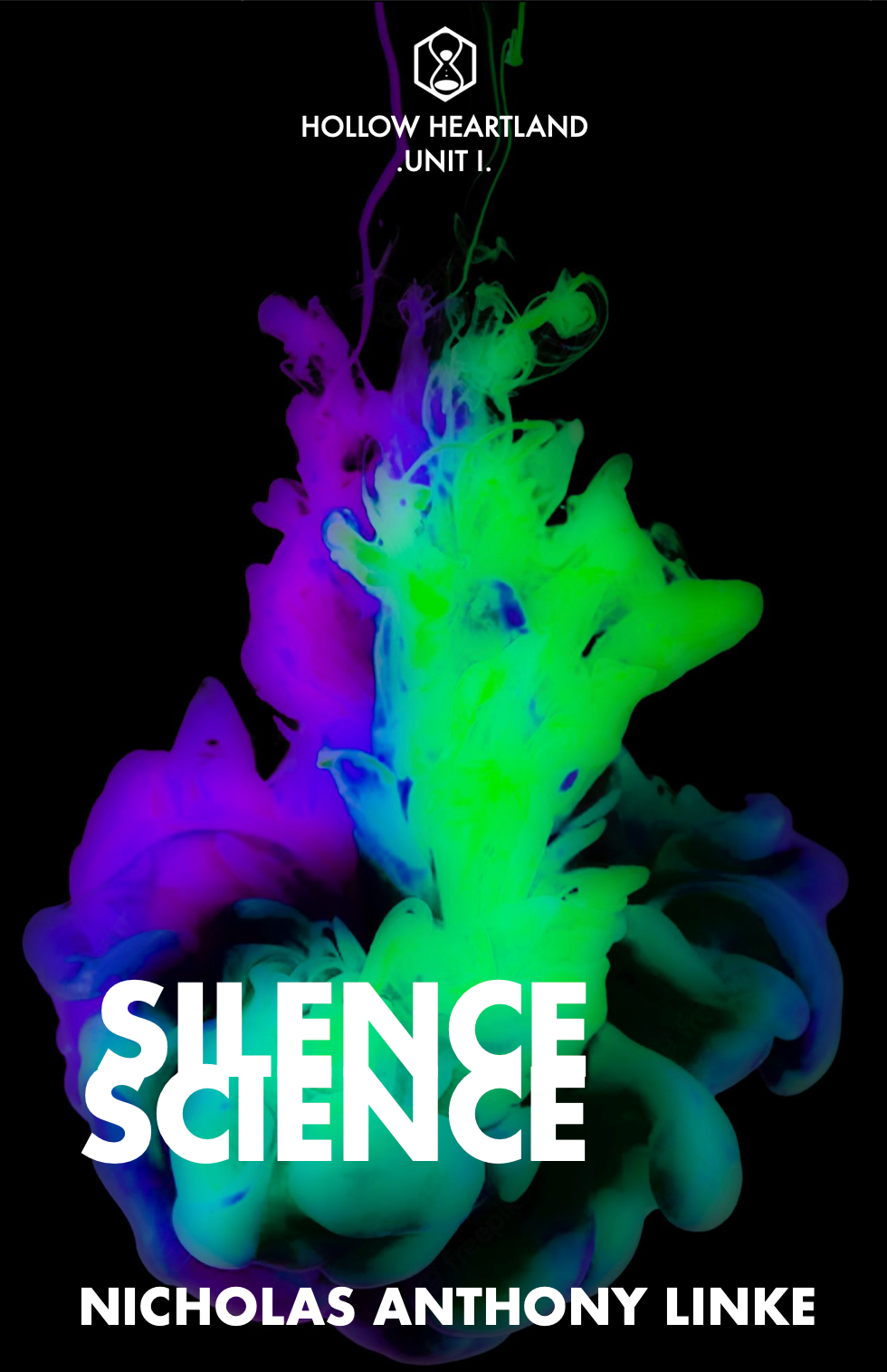Spectrum of Knowledge: Question Expert Knowns
- Nicholas Linke
- Nov 3, 2024
- 2 min read
Updated: Jun 20
The Spectrum of Knowledge answers the call in Silence Science to rebalance the culture of learning that privileges expert evidence while daring students to pick at the edges of the unknown.
Learning unfolds along a spectrum of increasing student agency and intellectual challenge. Classrooms that begin with close, teacher-directed problem-based learning can evolve into open-ended, student-led explorations rooted in local culture and place.
As students move through this continuum, they encounter deeper levels of autonomy, complexity, and authenticity. To support this progression, educators can frame learning around intentional spectrums lenses that differentiate how students engage with ideas and develop meaning.
These spectrums are not rigid sequences but dynamic tools for adjusting the level and type of inquiry.
The Spectrum of Knowledge focuses on how students deepen understanding by stretching the limits of what they know, what is known, and what can be discovered. This model aligns closely with the ideas presented in Silence Science, which challenges the overemphasis on evidence alone and invites learners to explore the boundaries of epistemology itself. (Silence Science: How Evidence is Overemphasized)
The Spectrum of Knowledge allows students to deepen their inquiry by navigating the boundaries of their understanding and incorporating external research. This process echoes Piaget’s theories of assimilation and accommodation, as students adjust their schemas to include complex, nuanced ideas and develop a sophisticated understanding of their topic.
Students often start by identifying their personal gaps in knowledge, using resources that build foundational understanding. This might involve exploring basic concepts and limitations related to their topic.

Further on the Spectrum of Knowledge, students integrate public scholarship by accessing and adding to research data, case studies, and peer-reviewed articles that expand their knowledge base. This addresses the ignorance and gaps the public understanding of the concepts. Towards the end of this spectrum, students engage with and invent complex tools and investigations, gaining insights from cutting-edge research to stretch the research boundaries of what is known.
Students confront the limits of human understanding, addressing partially unresolved questions and inventing advanced research methodologies.
Consider the problem of pollution, students start their research by identifying what they already know and what they want to know using a What Know, What I Want to Know, and What I've Learned chart (KWL), by examining their school’s recycling practices and identifying personal knowledge gaps regarding pollution.

They then review public resources, such as environmental studies or municipal pollution data, gaining a deeper understanding of the pollution sources and constraints within their local environment to define their own approach.
To push the boundaries of existing knowledge, students start investigating complex global pollution data or reading scientific papers on innovative solutions. This helps them see where knowledge still lacks or debates persist in environmental science.
Learn more about the memoir by Nicholas Linke: Tangents.





Comments